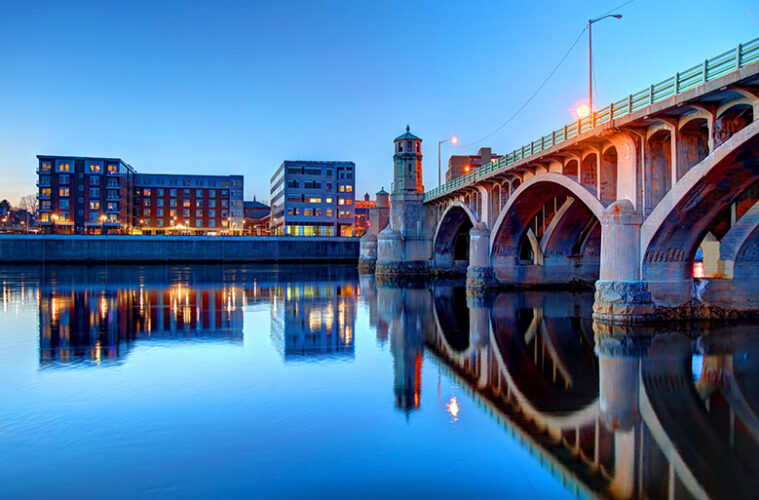The Lang Building at 151 Essex Street in Haverhill looks unremarkable from the outside, and the area around it is a bit depressed. The commuter rail rumbles across a rusty, graffitied overpass a few feet away, and across the street, two once-popular restaurants sit closed and seemingly abandoned. There’s no signage on the outside of the Lang Building, either, nothing to indicate the treasures that are stored inside or even the significance of the building itself.
All that is about to change, though, thanks to Historic New England’s bold, ambitious, and visionary plan to transform this downtrodden city block—including three acres of historic buildings and vacant property—into a world-class cultural destination that will thrust Haverhill into the spotlight of New England history and tourism.



“It is transformative,” says Vin Cipolla, Historic New England’s president and CEO. “What we are seeking to do—the scale of this—makes this one of the very largest cultural redevelopment projects anywhere. We’re talking about 600,000 square feet of potential revitalization.”
At the heart of this revitalization is the Historic New England Center for Preservation and Collections, which will showcase some of Historic New England’s incredible collection, including 125,000 pieces of historic objects and 1.5 million archival documents, in a new visitor center and exhibition space.
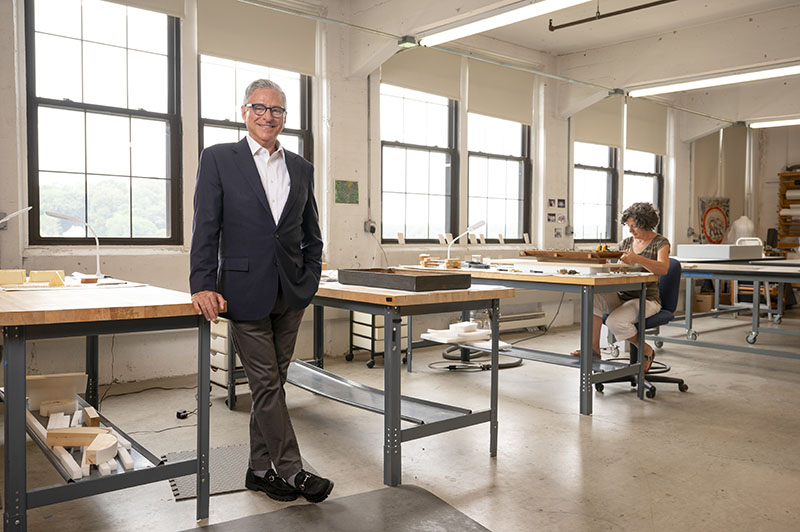
But the project and its vision go far beyond simply being a museum or collections repository. Instead, it will be a true cultural center that could also include housing, retail, a hotel, a theater, public green space, spaces for artists and makers, and more. Historic New England has already asked three architectural firms to create design proposals for the campus.
Historic New England, which was founded in 1910 as the Society for the Preservation of New England Antiquities, is perhaps best known for its 38 historic house museums, among them Beauport, the Sleeper-McCann House in Gloucester, Spencer-Peirce-Little Farm in Newbury, and the Phillips House in Salem.
But the majority of its collection—furniture, paintings, housewares, wallpaper, ephemera, clothing, jewelry, shoes, and so much more—is housed in storage.
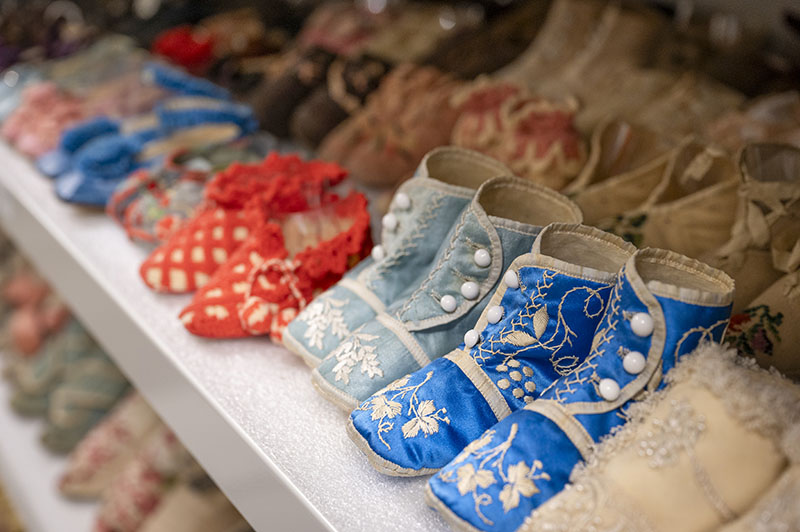
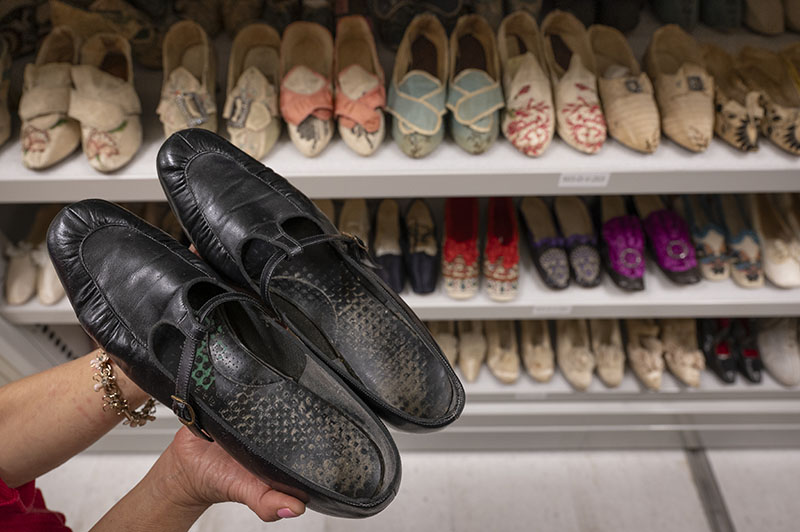
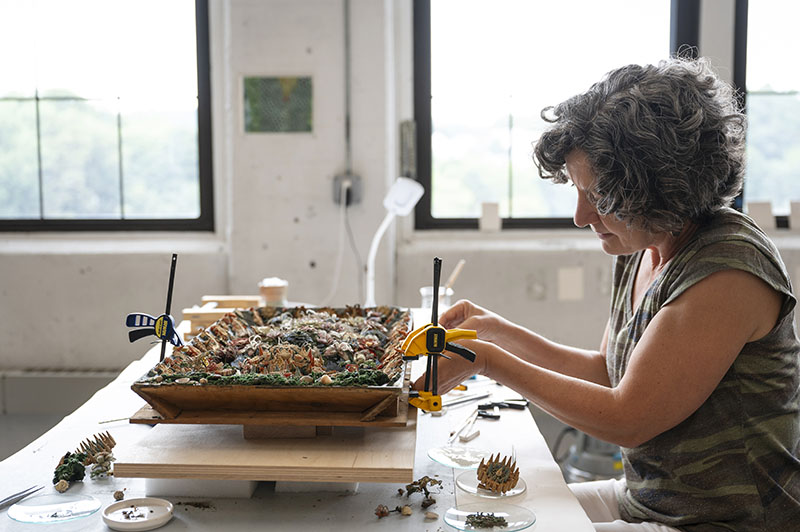
“Historic New England has the world’s largest collection of New England artifacts. Most of those extraordinary objects are located in this facility, which has very much been treated as a collections warehouse and not a public facility,” Cipolla says, gesturing around at the inside of the Lang Building, where Historic New England has been quietly headquartered for decades. “What we are seeking to do is to really change that and create the kinds of exhibition and education spaces to make this a very civic place, an opportunity for all kinds of great things to happen in Haverhill and beyond, to take on the revitalization of this part of downtown.”
A few stories up in the Lang Building, Julie Solz, Historic New England’s team leader for collection services, walks through room after room of vast, climate-controlled storage spaces, flipping on lights and pointing out amazing objects tucked into huge rows of other amazing objects. She slides open a drawer and points out Julia Child’s shoes. She opens a metal storage cabinet to reveal a rack full of eighteenth-century dresses. She points out a painting of a woman named Sara Norton wearing a pair of pretty drop-pearl earrings and right next to it, the actual earrings Norton was wearing when she sat for the portrait.
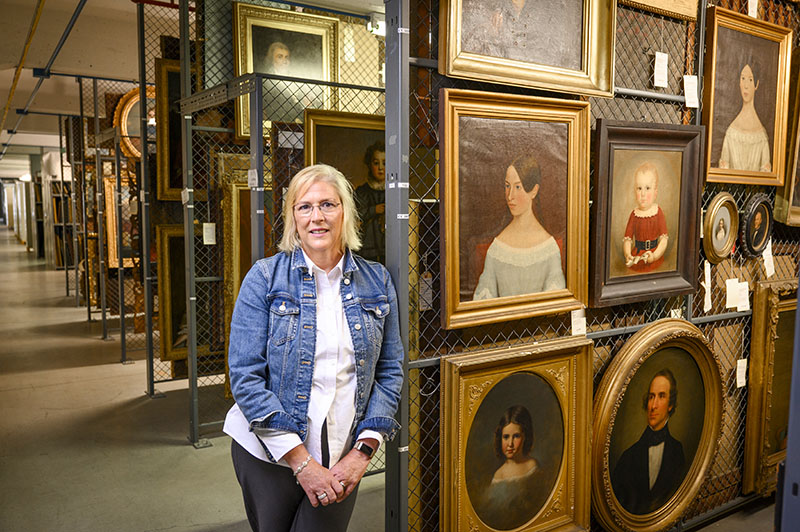
Although they’re still considering options for making the collection accessible, Solz says one of the ideas they’re toying with is “open storage,” literally opening up the collection storage space to visitors.
“We’re trying to look at a way that we have not just select pieces on view in galleries, but ways that the storage is open so people can come through and see the vastness of the collections on a more regular basis,” she says.
For instance, one of the most impressive parts of Historic New England’s collection is found in textiles and fashion pieces, including 400 years of women’s dresses and “2,500 extraordinary and unbelievably valuable pieces of adornment,” Cipolla says. The collection also has some amazing shoes, which is fitting, given Haverhill’s history as the “Queen Slipper City” of shoe manufacturing.
“Something like 50 percent of the shoes worn in North America in 1910 were made in Haverhill and the Merrimack Valley,” Cipolla says. In fact, the two buildings that Historic New England acquired for this project—the Lang Building and the Burgess Building—were once shoe factories.
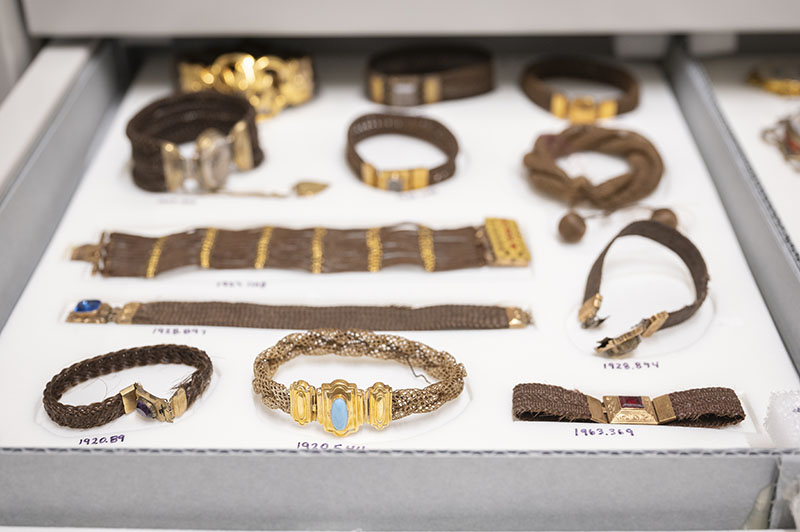
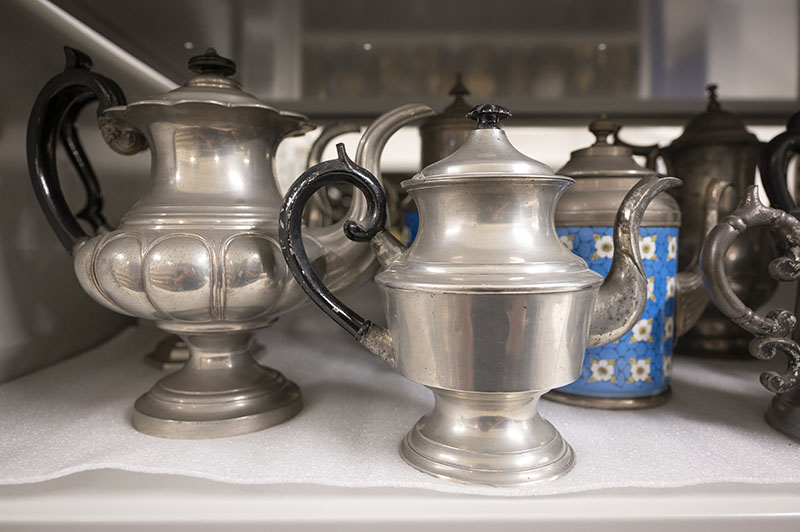
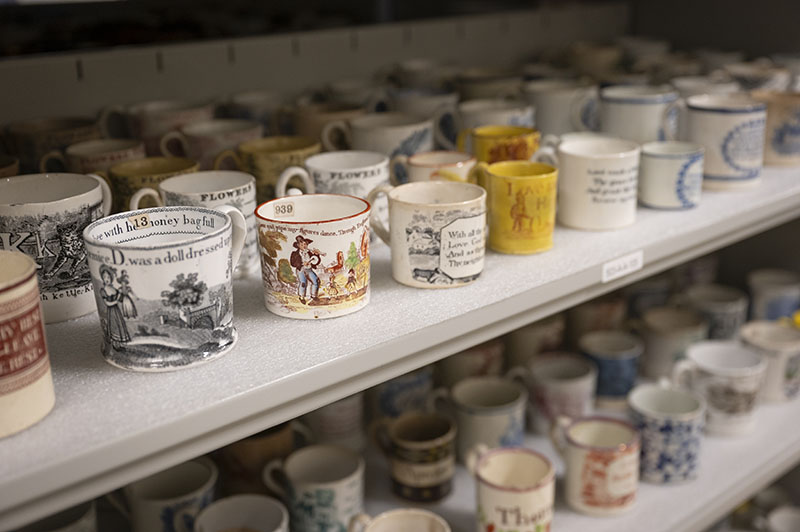

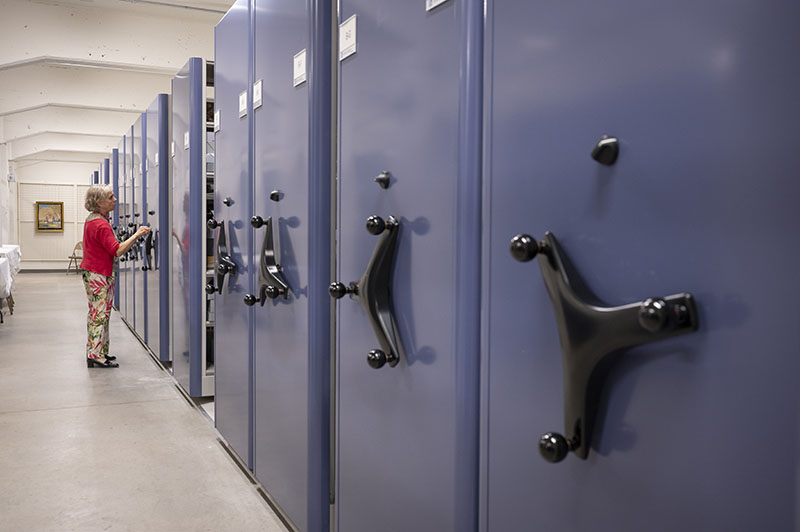
That’s why Michelle Finamore, a fashion historian and curator who spent more than a decade at Boston’s Museum of Fine Arts, including many years as the curator of fashion art, is working with Historic New England as a curatorial and programming consultant. She’s thinking about ways to highlight this part of the collection, open it up to a broader audience, and use those pieces to help tell New England’s story.
“There’s some wonderful examples of not only New England history as it’s reflected in fashion, textiles, and shoes, but also global history because, of course, all of what was happening in New England was very much related to trade from other parts,” she says. “Fashion curators have explored the shoe history of this area, but having the opportunity to look at it specifically within the context of these buildings, which were thriving shoe-making centers, is really wonderful.”
The entire project, which will take an estimated five to seven years to complete and will cost between $150 and $200 million, is almost too big to envision right now. But when it’s finally complete, it will be a stunning example of “culture as catalyst” for revitalization, exploring the story of a place through objects and art, and diving headfirst into the often-gritty history of Haverhill as a center of shoe manufacturing, rather than erasing it the way urban renewal nearly did half a century ago in the name of progress.
“To be an engine for that kind of responsible, inclusive revitalization?” Cipolla says. “You can’t ask for a better assignment. . . . I’m on fire about this.”
For more information, visit historicnewengland.org.

